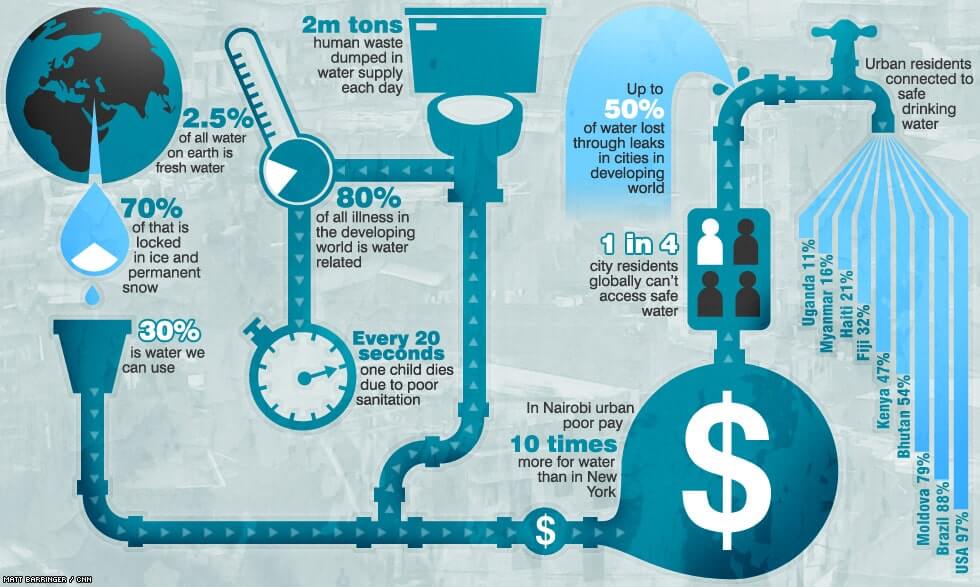The Ultimate Guide To Comprehending Warmth Pumps - Just How Do They Work?
The Ultimate Guide To Comprehending Warmth Pumps - Just How Do They Work?
Blog Article
Uploaded By-Roy Montoya
The most effective heatpump can save you substantial quantities of cash on power bills. They can likewise help reduce greenhouse gas emissions, specifically if you utilize electrical power in place of fossil fuels like gas and heating oil or electric-resistance heaters.
Heat pumps work very much the same as air conditioning unit do. This makes them a sensible alternative to standard electrical home heater.
Exactly how They Function
Heatpump cool homes in the summer and, with a little aid from power or gas, they provide several of your home's heating in the wintertime. They're a great choice for people that wish to lower their use of fossil fuels but aren't prepared to change their existing heater and air conditioning system.
They rely upon the physical fact that even in air that appears also cool, there's still power present: warm air is always moving, and it wants to move right into cooler, lower-pressure environments like your home.
A lot of power celebrity certified heatpump run at near their heating or cooling capacity throughout a lot of the year, decreasing on/off biking and saving power. For the very best performance, concentrate on systems with a high SEER and HSPF rating.
The Compressor
The heart of the heatpump is the compressor, which is also referred to as an air compressor. This mechanical streaming gadget makes use of prospective energy from power production to increase the pressure of a gas by decreasing its volume. It is different from a pump because it just deals with gases and can't collaborate with fluids, as pumps do.
Atmospheric air gets in the compressor through an inlet valve. It travels around vane-mounted arms with self-adjusting length that separate the inside of the compressor, developing numerous dental caries of differing size. The blades's spin forces these tooth cavities to move in and out of phase with each other, pressing the air.
The compressor reels in the low-temperature, high-pressure refrigerant vapor from the evaporator and presses it into the warm, pressurized state of a gas. https://docs.google.com/spreadsheets/d/1M4QoRQBniATnnSlfIthVFhYczUgYJf4lKxw942n_dzQ/edit?usp=drive_link is repeated as required to supply heating or cooling as called for. The compressor also contains a desuperheater coil that recycles the waste warm and adds superheat to the cooling agent, altering it from its liquid to vapor state.
click the up coming webpage in heatpump does the exact same thing as it performs in fridges and ac unit, altering fluid cooling agent into an aeriform vapor that gets rid of heat from the room. Heatpump systems would certainly not work without this important tool.
This part of the system is located inside your home or structure in an indoor air handler, which can be either a ducted or ductless system. It contains an evaporator coil and the compressor that presses the low-pressure vapor from the evaporator to high pressure gas.
Heat pumps take in ambient warmth from the air, and then utilize power to move that warmth to a home or service in heating setting. That makes them a lot extra power efficient than electric heaters or heating systems, and since they're making use of tidy electrical power from the grid (and not burning fuel), they also generate far fewer emissions. That's why heatpump are such excellent environmental choices. (And also a huge reason that they're ending up being so prominent.).
The Thermostat.
Heatpump are terrific alternatives for homes in chilly climates, and you can use them in combination with conventional duct-based systems or perhaps go ductless. They're a terrific alternative to nonrenewable fuel source heating systems or conventional electric heaters, and they're extra sustainable than oil, gas or nuclear HVAC equipment.
Your thermostat is one of the most essential component of your heat pump system, and it works really differently than a conventional thermostat. All mechanical thermostats (all non-electronic ones) job by using materials that alter size with increasing temperature, like coiled bimetallic strips or the increasing wax in an automobile radiator shutoff.
These strips contain two different sorts of steel, and they're bolted with each other to create a bridge that completes an electric circuit attached to your HVAC system. As the strip gets warmer, one side of the bridge expands faster than the other, which triggers it to flex and signal that the heater is needed. When the heatpump is in heating mode, the turning around valve turns around the circulation of refrigerant, to make sure that the outdoors coil now functions as an evaporator and the indoor cyndrical tube becomes a condenser.